Mobile World Congress, or MWC, was going to proceed because there were still 2,800 exhibitors. Now it’s being canceled.
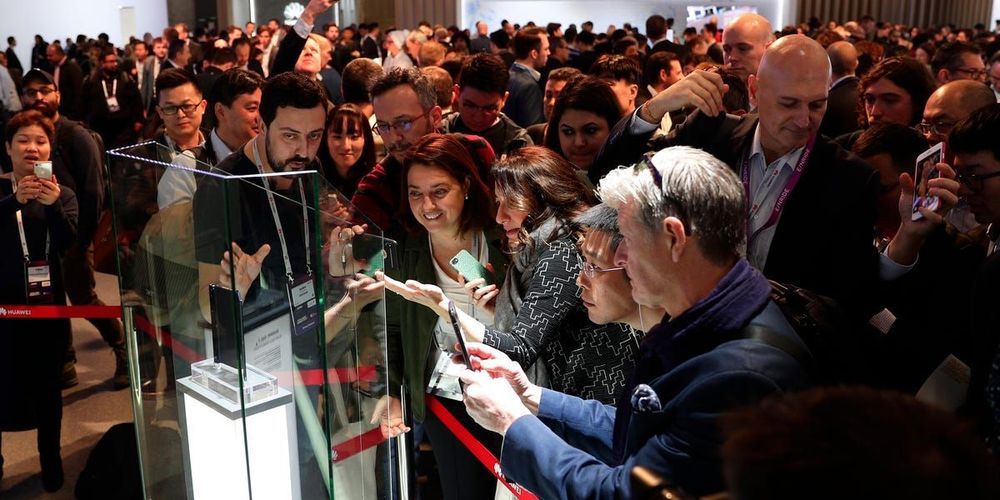

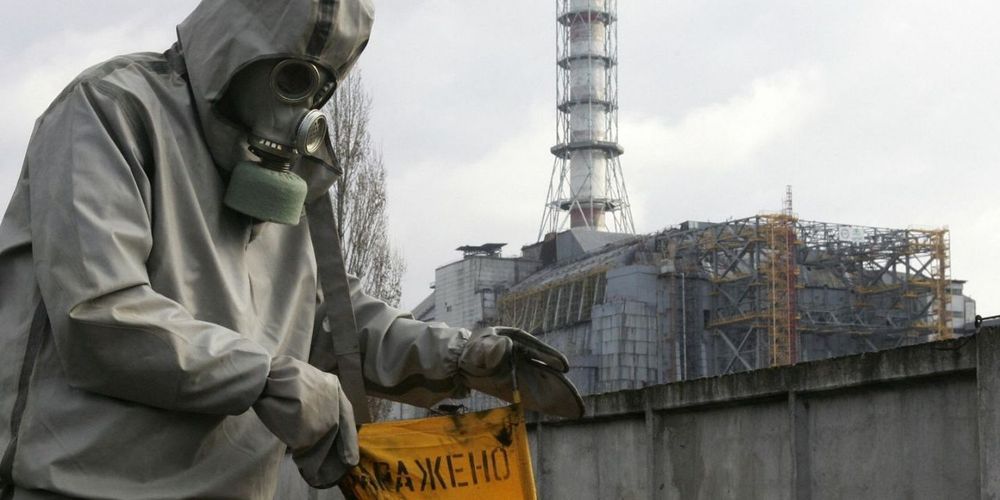
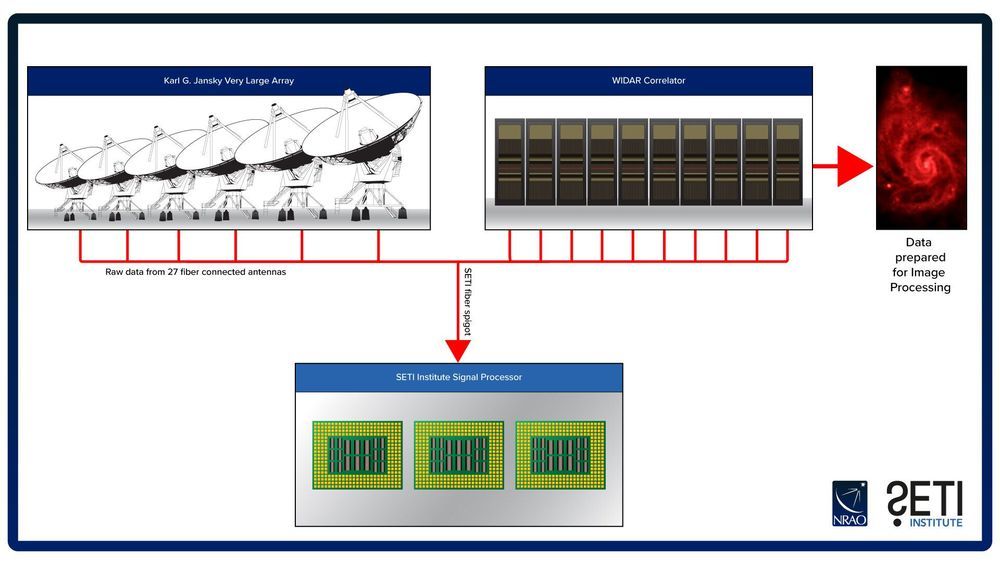
Emerging technologies and new strategies are opening a revitalized era in the Search for Extraterrestrial Intelligence (SETI). New discovery capabilities, along with the rapidly-expanding number of known planets orbiting stars other than the Sun, are spurring innovative approaches by both government and private organizations, according to a panel of experts speaking at a meeting of the American Association for the Advancement of Science (AAAS) in Seattle, Washington.
New approaches will not only expand upon but also go beyond the traditional SETI technique of searching for intelligently-generated radio signals, first pioneered by Frank Drake’s Project Ozma in 1960. Scientists now are designing state-of-the-art techniques to detect a variety of signatures that can indicate the possibility of extraterrestrial technologies. Such “technosignatures” can range from the chemical composition of a planet’s atmosphere, to laser emissions, to structures orbiting other stars, among others.
The National Radio Astronomy Observatory (NRAO) and the privately-funded SETI Institute announced an agreement to collaborate on new systems to add SETI capabilities to radio telescopes operated by NRAO. The first project will develop a system to piggyback on the National Science Foundation’s Karl G. Jansky Very Large Array (VLA) that will provide data to a state-of-the-art technosignature search system.
[Frame — 00:55] Liz Parrish – Introduction.
[Frame — 06:10] Gene therapy & deliver mechanisms — AAV2.
[Frame — 13:55] Gene therapy — myostatin inhibitor.
[Frame — 18:50] Telomerase
Disclaimer: This communication is for information purposes only not an investment recommendation.
When you think of 3D printing, you probably imagine a structure being created layer by layer, from the bottom up. Now, researchers from Switzerland’s Ecole polytechnique fédérale de Lausanne (EPFL) say they have developed a completely new way of creating 3D objects that offer remarkable resolution “in record time.”
As EPFL News reports, the method draws on the principle of tomography — the technique for displaying a representation of a cross section through a solid object, using x-rays or ultrasound. To make an object, a photosensitive resin is illuminated from multiple angles, with the accumulation of light helping to solidify the resin. In other words, the object forms a solid structure within the resin in one go, rather than segment by segment, as is the case with traditional 3D printing.

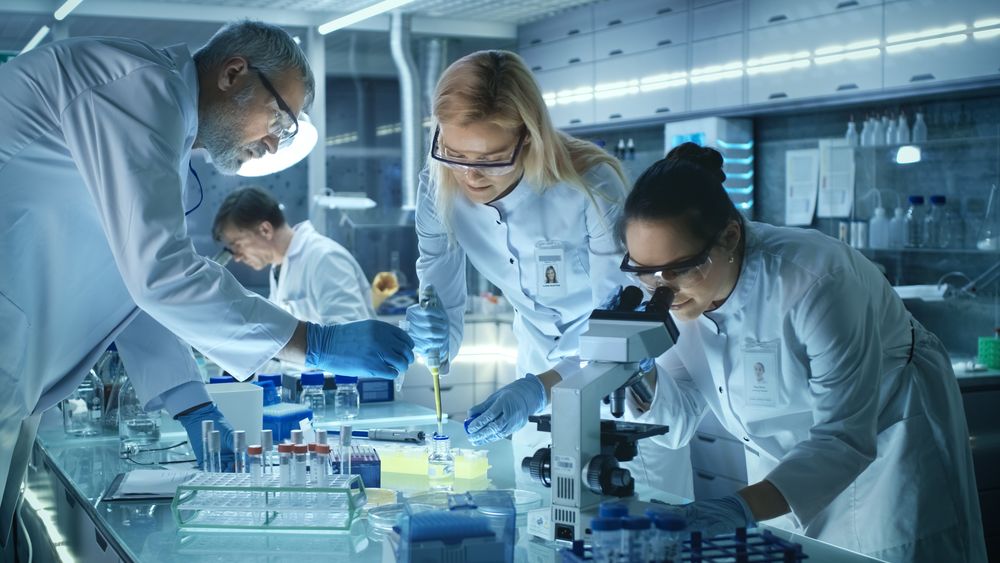
Acarbose and Metformin are commonly used to treat type 2 diabetes, but now they are also being tested for anti-aging effects, and according to the researchers these two FDA approved drugs have big promise.
In mice testing Acarbose and Metformin were demonstrated to increase health, lifespan, and longevity of the animals. These two drugs are now being tested in monkeys that have a similar physiology, reproductive system, and aging pattern as humans, in research being conducted at Texas Biomedical Research Institute which is supported by a pilot grant provided by the San Antonio Claude D. Pepper Older Americans Independence Center.
“I think this type of research can change what life is like for geriatric people,” said Corinna Ross, Ph.D, Associate Professor, Southwest National Primate Research Center at Texas BioMed.

Lifespan.io
A new study published in mSystems, a journal from the American Society for Microbiology, shows that the skin and mouth microbiomes are better predictors of age than the gut microbiome.
A very broad study
The authors used a very large population that is highly impressive among studies of this kind. Previously, a team containing some of the same researchers had done a gut microbiome study of over four thousand people from multiple countries [1]. This time, the researchers took skin, saliva, and fecal samples from roughly 2,000, 2,500, and 4,500 people, respectively; this study was done with nearly 9,000 people in total, and the team stated that it was the most comprehensive microbiome study done to date. The team used a “random forest” machine learning approach to determine what microbiota were and were not predictive of age [2].
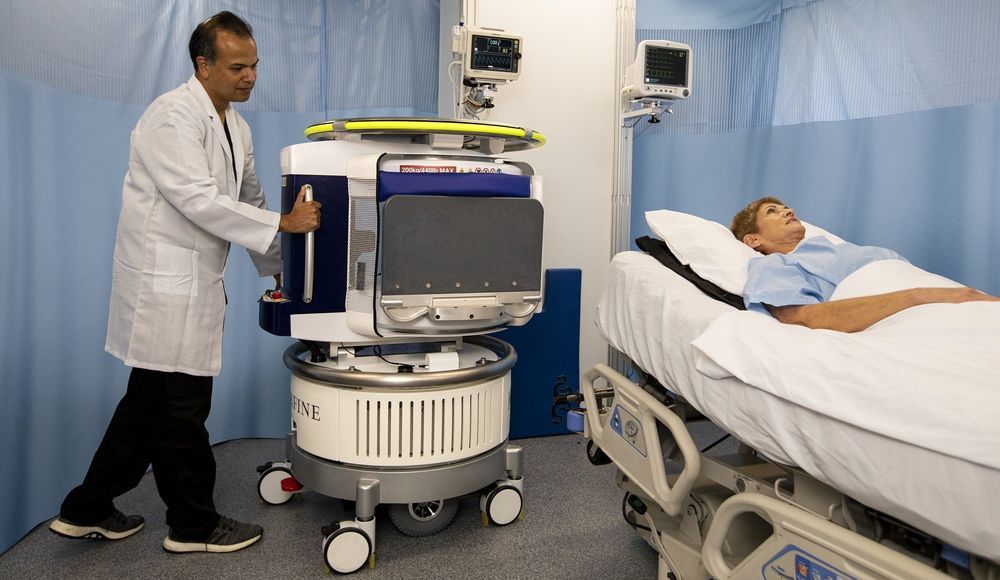
The FDA has cleared the world’s first portable MRI system, designed to be wheeled to a hospital bedside for scanning a patient’s head and brain.
Developed by Hyperfine Research for people age two and older, the point-of-care imaging system weighs about one-tenth that of a conventional, fixed MRI system. About three feet wide and five feet tall, the device fits in an elevator and runs off an everyday power outlet to create both clinical contrast images and 3D renders.
“More than 40 years after its first use, MRI remains a marvel. Unfortunately, it also remains inaccessible,” Hyperfine Chief Medical Officer Khan Siddiqui said in a statement. “It’s time that MRI made the jump to point of need just like X-ray and ultrasound have before it.”
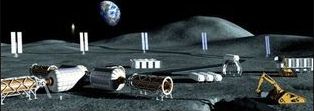
The space industry is in the midst of a widespread transformation, as the last decade has seen several young, private companies seek to profit in areas historically dominated by governmental interests. Among these areas is lunar mining, which represents a crucial step for the development of the space economy by enabling the utilization of lunar resources. Though significant opportunities exist for wealth creation and societal benefits, it will require sustained multibillion-dollar investment to develop a vibrant lunar mining industry.
Exploration is the essential first step for any mining endeavor, terrestrially or otherwise, but with the technical challenges of lunar mining largely solved, access to capital has become the prevailing constraint. While the uncertainty of operating in space is the commonly used explanation for capital constraints, in reality, terrestrial explorers have seen funding steadily decline for a decade, with investors favoring lower risk, passive exposure to the mining sector. For lunar mining firms seeking to attract capital for exploration, this essay details the incompatibility of traditional investment options, the financing strategies developed by the similarly cash-strapped terrestrial mining industry, and how prospective lunar miners should capitalize on emerging trends in project finance.